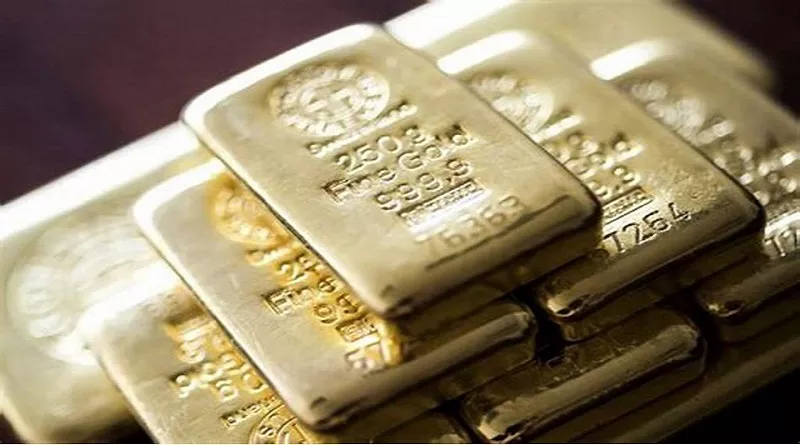Gold (XAU/USD) continued its upward trend on Friday, trading in the $2,360s, buoyed by growing investor optimism that the Federal Reserve will lower interest rates sooner than anticipated. The softening US Dollar (USD), which facilitates gold purchases as it is priced in Dollars, also contributed to the metal’s gains.
Gold Gains as Rate Cuts Expected, USD Weakens
On Friday, gold prices rose by more than a third of a percent, with increasing bets that the Fed will cut interest rates at its September meeting. Recent sub-par US economic data has dampened confidence and heightened speculation that the Fed will lower rates to stimulate growth. Weaker labor market and services sector data have particularly influenced these expectations. The upcoming Nonfarm Payrolls report is seen as a crucial indicator for shaping future Fed policy.
According to the CME FedWatch tool, the probability of a 0.25% rate cut by September has climbed from the mid-60s at the beginning of the week to 72% on Friday. Lower interest rates make gold more attractive by reducing the opportunity cost of holding the non-interest-paying asset.
A weaker US Dollar has provided additional support for gold. The prospect of lower US interest rates diminishes foreign capital inflows, while the strengthening of major currencies like the Pound Sterling (GBP) and the Euro (EUR) further pressures the USD. The GBP is rising following a Labour Party landslide victory in the July 4 general election, promising growth and stability. The EUR is recovering as the French far-right National Rally party appears unlikely to secure a majority in Sunday’s election.
Broader Global Factors Boost Gold Demand
Gold is also benefiting from broader geopolitical and macroeconomic factors. Ongoing conflicts in the Middle East and Ukraine, and the potential for another Trump presidency, are driving investors to seek the safe haven of gold.
Additionally, the expansion of the BRICS trading bloc and its goal to de-dollarize global trade have increased demand for gold, seen as a viable alternative for countries facing Dollar-denominated sanctions.
However, falling political risk in Europe, despite a swing to the far right, suggests moderate coalitions will prevail. Central bank demand for gold, which comprises about a quarter of the market, might also be easing. Much of the recent buying was driven by Asian central banks hedging against their currencies’ depreciation against the US Dollar, which rallied in the spring following the Fed’s policy adjustments.
Gold’s near-term outlook remains positive, bolstered by expectations of Fed rate cuts and a weaker USD, amid a complex global economic and political landscape.


